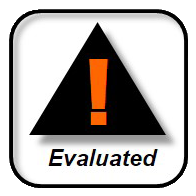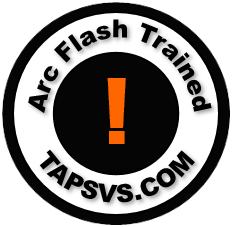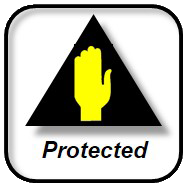TAP Services(865) 919-6674
Arc Flash Hazard Calculations & Analysis
Arc Flash Calculations & Analysis. What does OSHA require for Arc Flash Compliance?
OSHA does not have specific requirements directed toward arc flash safety. It falls under the the OSHA General Duty Clause. This clause requires employers to “furnish to each of his employees employment and a place of employment which are free from recognized hazards that are causing or are likely to cause death or serious physical harm to his employees”.
This does not mean you can be passive about safety. For example OSHA 29 CFR 1910.269(a)(2)(iii) requires: “The employer shall determine, through regular supervision and through inspections conducted on at least an annual basis, that each employee is complying with the safety-related work practices required by this section”.
What this means is, that for arc flash compliance under OSHA you must be in compliance with NFPA 70E, known as the “Standard For Electrical Safety In The Workplace”.

The scope of NFPA 70E is defined as:
“This standard addresses electrical safety requirements for employee workplaces that are necessary for the practical safeguarding of employees during activities such as the installation, operation, maintenance, and demolition of electric conductors, electric equipment, signaling and communications conductors and equipment, and raceways.”
The scope of NFPA 70E is defined as:
In short, what is required for arc flash compliance is:
- An assessment conducted to identify and determine the level of arc flash hazards.
- You must provide training for those working on, near arc flash hazards.
- You must develop safe work practices and procedures.
- All arc flash hazards must be properly labeled.
- You must provide safety equipment and person protective equipment (PPE)
- You must get and keep the PPE Tested

Being in compliance with arc flash safety requirements has other benefits:
- Proactively Safeguarding your Employees.
- It can reduce your insurance premiums.
- Possibly increase your system reliability as a result of proper protective device coordination.
- Code violations can be detected from short cuts taken.
- Overloaded Equipment can be identified
- Identify Critical Key Electrical Assets that need PM or PdM



What are the deliverables?
- An Electrical online, as a baseline showing all the equipment inventory.
- Written report of findings and data collected
- Equipment Duty report for proper sizing and ratings
- An Electrical online, as a Hazard Risk Category # (HRC#) for all the equipment inventoried.
- Equipment Labels listing the PPE requirements
- Recommendations for reducing hazards and PPE Classes

TAP Services
(865) 919-6674 phone Contact UsThis site is proudly hosted and designed by Globotech Solutions. All content Copyright © 2025, TAP Services.





